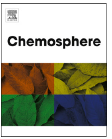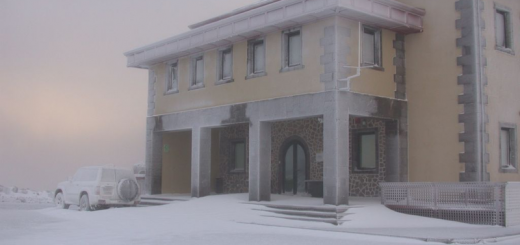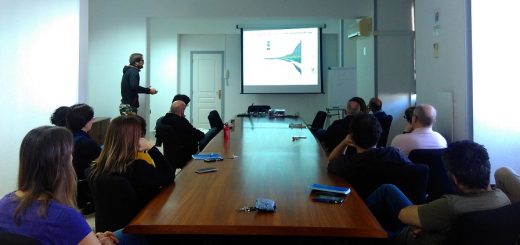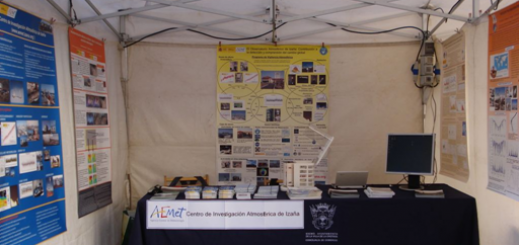New study: Emissions of ammonia in urban areas

A new study on the emission of ammonia (NH3) in urban air has been published in the journal Chemosphere. Emissions of these gas impact on the environment, air quality and climate due to this gas contributes to the eutrophication of fresh waters and to the formation of ammonium sulphate and ammonium nitrate aerosols which impairs air quality and influence on the balance of energy in the atmosphere.

Emissions of ammonia have mostly been attribute to fertilizants in crop cultivations, farming and decomposition of organic matter. This new study shows thatvehicular traffic, biologicalsources (e.g. garbage containers), wastewater treatment plants, solid waste treatment plants and some industry contribute to levels of ammonia in the urban ambient air.
The study is based on measurments performed in the ambient air of six Spanish cities (Barcelona, Madrid, A Coruña, Huelva, Santa Cruz de Tenerife and Valencia) by scientists of CSIC, el Izaña Atmospheric Research Centre, CIEMAT, the University of A Coruña, the University of Huelva, CEAM and the Centre for Ecology and Hydrology of Midlothian (UK)
This study was performed within the frame of several research projects, IMPACT (CGL2011-26574), VAMOS (CLG2010-19464-CLI), GRACCIE (CSD2007-00067), POLLINDUST (CGL2011-26259) and CGL2011-27020 (D.G. Research, National R&D Plan), funded by the National Plan of Research and Development of Spain and by the Ministry of Agriculture, Food and Environment (UCA2009020083) of Spain.
Data of the publication:
|
Title: Urban NH3 levels and sources in six major Spanish cities. Link Journal: Chemosphere, 119, 769-777, 2015. Authors: Reche C, Viana M, Karanasiou A, Cusack M, Alastuey A, Artiñano B, Revuelta MA, López-Mahía P, Blanco-Heras G, Rodríguez S, Sánchez de la Campa AM, Fernández-Camacho R, González-Castanedo Y, Mantilla E, Tang YS, Querol X. |







